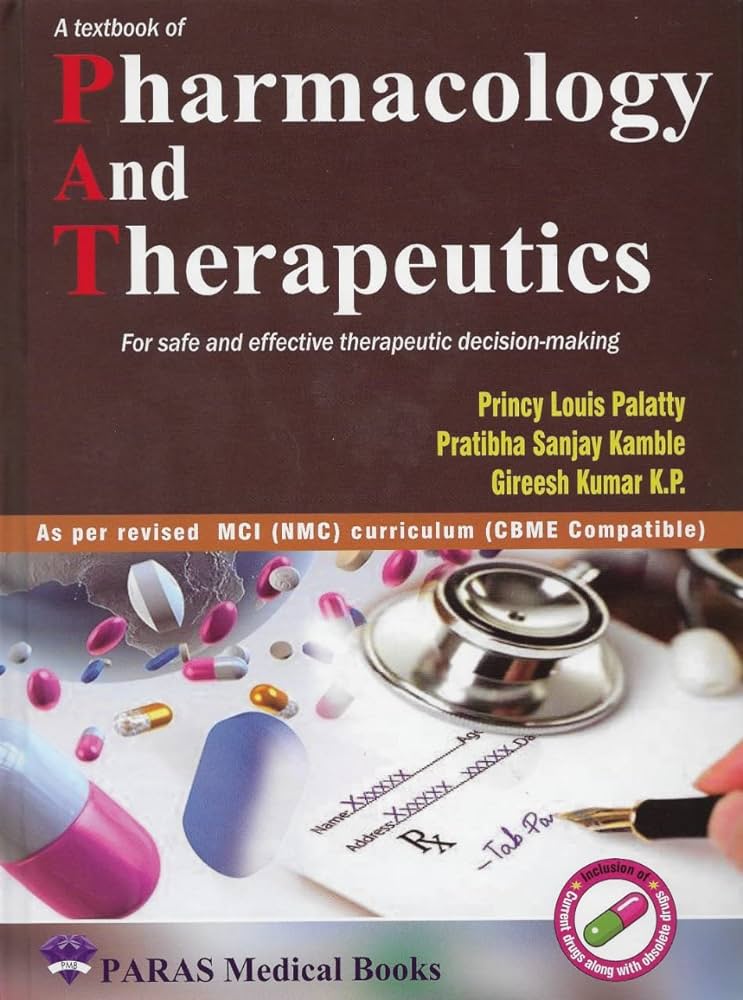人类促卵泡激素变异的偏倚信号:碳水化合物背后的秘密。
IF 12.5
1区 医学
Q1 PHARMACOLOGY & PHARMACY
引用次数: 0
摘要
卵泡刺激素(FSH)或促卵泡激素在包括人类在内的多种哺乳动物中发挥着重要作用。这种促性腺激素由垂体前叶分泌,主要作用靶点是卵巢的颗粒细胞和睾丸的Sertoli细胞。从结构上看,FSH 由两个非等价连接的亚基(α- 和 β-亚基)以及高度异源的寡糖结构组成,这些结构在决定激素的一系列生理和生物学特征方面起着关键作用。FSH 和其他属于糖蛋白激素家族的成员中的糖基化对促性腺激素的许多功能至关重要,包括亚基的组装和稳定性、分泌、循环半衰期和生物活性。FSH 中的碳水化合物异质性有两种形式,一种是微异质性,即附着在激素 α 或 β 亚基上的低聚糖的碳水化合物结构复杂性发生变化;另一种是大异质性,即 FSHβ Asn-糖基化位点上没有碳水化合物链。许多体外和体内研究已证实,FSH碳水化合物结构的变化会产生不同、独特甚至相反的效应,包括循环存活、与其性腺中的同源受体结合并激活、细胞内信号传导以及激活/抑制卵泡发育所必需的一系列FSH调控基因。在此,我们回顾了 FSH 寡糖对 FSH 几种功能的影响,以及这些结构的变化如何导致激素的功能选择性。本文章由计算机程序翻译,如有差异,请以英文原文为准。
Biased signaling by human follicle-stimulating hormone variants
Follicle-stimulating hormone (FSH) or follitropin plays a fundamental role in several mammalian species, including humans. This gonadotropin is produced by the anterior pituitary gland and has as its main targets the granulosa cells of the ovary and the Sertoli cells of the testis. Structurally, FSH is composed of two non-convalently linked subunits, the α- and β-subunit, as well as highly heterogenous oligosaccharide structures, which play a key role in determining a number of physiological and biological features of the hormone. Glycosylation in FSH and the other members belonging to the glycoprotein hormone family, is essential for many functions of the gonadotropin, including subunit assembly and stability, secretion, circulatory half-life and biological activity. Carbohydrate heterogeneity in FSH comes in two forms, microheterogeneity, which results from variations in the carbohydrate structural complexity in those oligosaccharides attached to the α- or β-subunit of the hormone and macroheterogeneity, which results from the absence of carbohydrate chain at FSHβ Asn-glycosylation sites. A number of in vitro and in vivo studies have conclusively demonstrated differential, unique and even opposing effects provoked by variations in the carbohydrate structures of FSH, including circulatory survival, binding to and activation of its cognate receptor in the gonads, intracellular signaling, and activation/inhibition of a number of FSH-regulated genes essential for follicle development. Herein, we review the effects of the FSH oligosaccharides on several functions of FSH, and how variations in these structures have been shown to lead to functional selectivity of the hormone.
求助全文
通过发布文献求助,成功后即可免费获取论文全文。
去求助
来源期刊
CiteScore
23.00
自引率
0.70%
发文量
222
审稿时长
90 days
期刊介绍:
Pharmacology & Therapeutics, in its 20th year, delivers lucid, critical, and authoritative reviews on current pharmacological topics.Articles, commissioned by the editor, follow specific author instructions.This journal maintains its scientific excellence and ranks among the top 10 most cited journals in pharmacology.

 求助内容:
求助内容: 应助结果提醒方式:
应助结果提醒方式:


